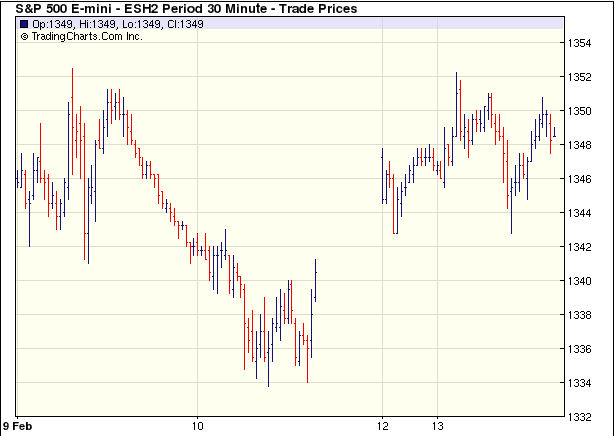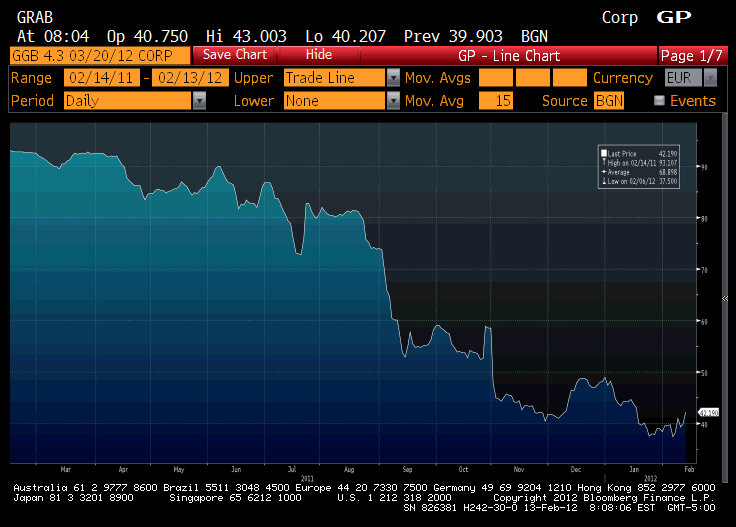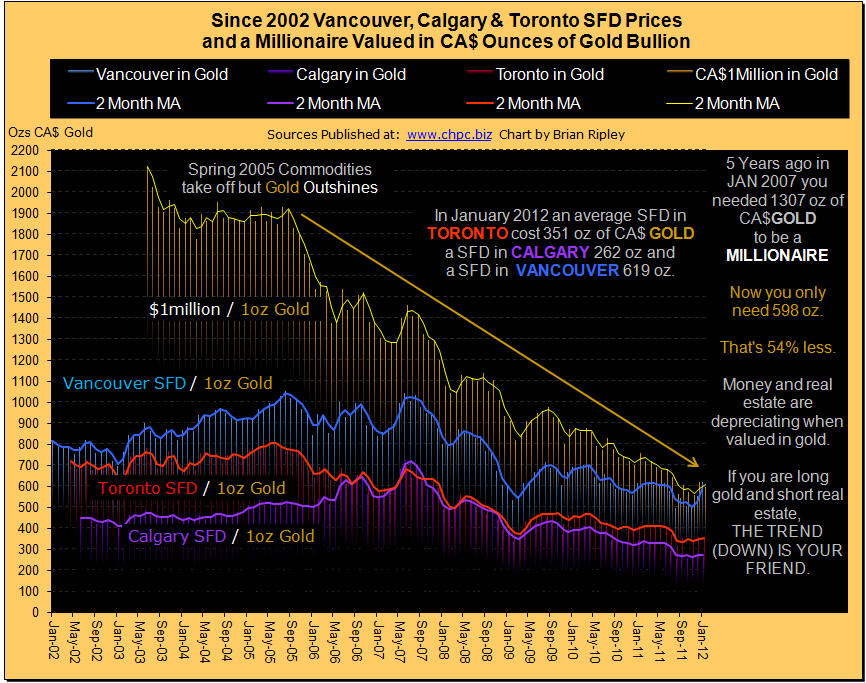Personal Finance

When selling a home (or anything else for that matter), the marketing effort must be coordinated on all fronts. It also must be superior to the competition. This is especially true in a buyers’ market where the homes sitting on the market seemingly outnumber the potential home buyers. In such an environment, you must lift your home out from this crowd and highlight it in the best way possible. You must out-think the competition.
So, the market is off by 50 per cent. So what. It’s still four times larger than it was in 1982. The key is to get your property placed into the 50 per cent which sells now.
All good marketing efforts begin life as a sound, basic plan and then evolves to fit the particular property and situation. Cut from whole cloth and then tailor-made, such a plan will incorporate innovative new ideas and “rearrange” old ones.
Here then, are a few of these ideas:
1. Select a Quality Realtor: Based on my travels around the world and as president of both Royal LePage and NRS National real estate companies, I believe British Columbia and Alberta are home to some of the most qualified, professional realtors in North America today. But there are also some who are little more than “order takers” who literally can’t properly write out a contract, much less have the hard-won knowledge needed to position your home in the most appropriate and effective way for your particular market. So how do you find such an experienced, market aggressive realtor?
Ask around. Check with friends or trusted associates and get some names. Experienced names. When selling in today’s market, you need to be in the hands of a practicing “doctor” and not someone eager to practice on you.
Focus in the three best referrals, ask each of these realtors to come out, have them put together a marketing evaluation and then give you his/her specific action plan as to what he/she will do to sell your home. Make sure it’s in writing. (If the realtor is “too busy” to physically come and view your home…well, you’ve just eliminated one name from your list.) Remember: realtors come in a couple of basic flavors. While there are always exceptions, in general a “low-key” yet thorough realtor is best when it comes to helping you buy a home; his or her pragmatic knowledge will help keep your feet firmly on the ground. When selling a home however, look for a high-energy, dynamic realtor whose enthusiasm might be “infectious” enough to enthuse a potential buyer.
The market evaluation should compare your home with at least three currently active competitive listings, three recent competitive sales and three competitive and now inactive listings which didn’t sell. Drive over and check out these benchmark properties yourself to ensure the realtor has put your home in the right “ballpark”. If you disagree, find out the reasoning as to why the realtor has so placed your home. The reasons could be good ones indeed. (Or vice versa.)
Once you’ve vetted all three choices, go with the realtor whose combination of experience, proven performance and action-plan for your home is the most impressive. But be careful not to confuse impressive with unattainable.
Ensure your home is listed on the Multiple Listing Service. The more exposure, the better.
List your home with the chosen realtor for 60 days. If the realtor suggests you list with him or her for a longer period, tell him or her you will renew if, in your opinion, all the realtor’s written promises have meanwhile been adhered to and met all the previously agreed upon elements of the action plan. If not, tough luck. Find another realtor.
Underline to the realtor that you wish to be kept informed of the sales progress at least once a week during the entire listing period. Every time the home is shown to prospective buyers, ensure the realtor informs you in advance and also gives you a feedback as to the viewer’s reaction to the home. On the other hand, don’t overdo it. Be courteous and be careful not to nag the realtor. When dealing with a professional, be professional.
If the realtor has failed to keep his or her promises during the listing period, cancel the listing.
….read the other 20 ways HERE


For the first time since the last week of December of 2011, the S&P 500 Index closed lower on the weekly chart. Recently I have been discussing the overbought nature of stocks based on a variety of indicators. However, the real question that should be asked is whether last week was just a short term event or if we see sustained selling in coming weeks.
….read it all HERE


Greek parliament passes unpopular package of cuts. Stocks and the euro rose on Monday on relief over sweeping austerity measures passed by the Greek parliament, but gains looked fragile with several issues still to be resolved before the shadow of a messy debt default is lifted.

U.S. stock index futures pointed to a recovery for equities on Wall Street after delays in agreeing a new Greek bailout deal sent the S&P 500 index to its biggest daily loss of the year on Friday.
….read more HERE

So what is happening with PSI? Here is a chart of the Greek bonds due on March 20th. They have allegedly been trading up. I use the term “allegedly” because the bonds are supposedly quoted 2 to 4 points wide, on a million up. So not exactly a liquid market. But let’s assume the chart is reasonably close.

The March bonds are up a couple of points today. The May bonds trade at 33 and after that, all of the Greek bonds trade between 20 and 30, largely depending on coupon with a slight bias towards better prices for nearer term maturities.
So what is the PSI meant to do? Is the PSI meant to treat all bonds equally? If so, then it makes no sense for the March bonds to be trading at a significantly higher price. The ECB may own some of these bonds, and may be getting paid out at par, but that shouldn’t affect the price of non ECB held bonds. The payments and PSI aren’t pro-rata.
By all indications, PSI will chop the principal amount in half, and leave you with a small notional of long dated, low coupon bonds. Most estimates put the value of those long dated, low coupon bonds, between 50% and 70% of face. So the “NPV” loss shows up as around 70%. Maybe the percentage of people participating is high enough, the austerity is enough, and the EFSF kicker is enough to give the new bonds a value of closer to 90% of par, then a price of 45 for old bonds would be justified. But it would be justified for all bonds.
In the real world, bonds would exchange par plus accrued for the new bonds. So each bond would have a “claim”. So the bonds with the most accrued interest would have the most value. That is not the case here. Bonds with the shortest maturity have the most value. Is it possible that the PSI that has been cobbled together gives better payouts for bonds closer to maturity? That is possible. The IIF and Greece may have decided to pay more to shorter term bonds. It wouldn’t be standard, but on the other hand, the IIF isn’t exactly known for their bond restructuring expertise and experience.
So what else is happening here? Do investors hope to buy these bonds and guilt Greece into paying them out at par? Is the hope that the Troika will give Greece money, and Greece out of fear of default will use some of that money to pay holdouts from the PSI at par? That makes some sense, but isn’t the Troika supposed to wait for PSI before releasing money? Will they release the money if there are a lot of holdouts, particularly in this March bond?
Maybe it is simply a bet on the ineptitude of the politicians. Betting that they won’t finalize a PSI in time for the March 20th deadline, so will have to pay these off at par (remember, they just paid some bonds off at par in December). That bet also makes some sense. In “holdout” trade, you rely on Greece flinching and paying you out in spite of the message it sends to those who agreed to PSI. Under the “incompetence” trade you just need them to screw up enough that the PSI isn’t done and voted on before March 20th.
In any case, watch these short dated bonds both on an outright basis and versus the longer dated bonds. Right now, it looks like they are signaling some more monkey business coming up. Either the PSI is maturity weighted, or a decent number of investors are willing to bet that it will be profitable to holdout. Hopefully we see the PSI details soon and can make an assessment. It is possible the longer dated bonds are cheap, and I view increasing prices in the short-term bonds as signs of another round of headlines where the Troika gets mad at the private sector and it provides them with another reason to stop the bailout.
Main and IG have both drifted off their morning tights, but HY17 is still pretty much up there. Makes sense given resilience of that market. HYG caught up to HY17 on Friday and with the bounce in the actual bond market late day, actually closed “cheap” to fair value for the first time in recent memory. Given how illiquid the HY bond market is, it probably is technically still a bit rich, but worth watching this.
Read More Articles at TF Market Advisors












